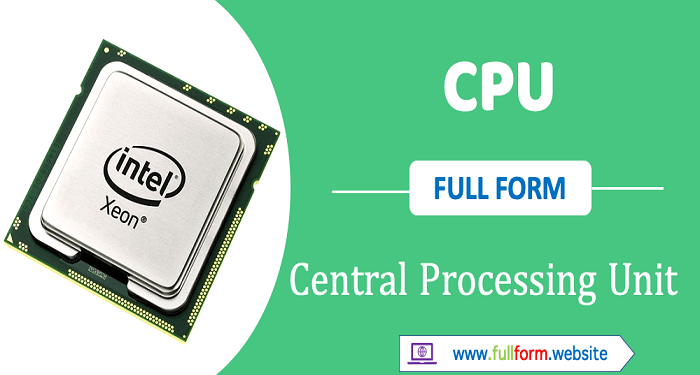The CPU is a complex device that consists of several main components. The arithmetic-logic unit (ALU) is the core component of the CPU. It is responsible for performing basic computations, including addition and subtraction of two numbers, jumping to a different part of a program, and more. Each instruction is represented by a set of bits, called an opcode. The remaining fields of the instruction provide supplementary information. The operands, or input or output variables, may be a constant value, a processor register, or a memory address.
Modern computers use a CPU to process input from the peripherals and computer programs, and output the results to the monitor and monitors. Some tablets and mobile devices utilize a “System on Chip” architecture, which packs the CPU with various other components such as graphics chips and memory, and other processing elements. AMD and Intel also produce CPUs with integrated graphics chips. Combined, they form an extremely powerful processor. And because they’re so powerful, they can be extremely efficient.
IR instructions are converted to signals by an instruction decoder. These signals are then sent to the appropriate CPU parts for processing. In most cases, the results of these operations are written to a CPU register for later use. This makes it possible to process instructions more efficiently, while simultaneously avoiding unnecessary reprocessing. Once an instruction has been processed, it can be executed. However, in some cases, a CPU may not have enough space to perform all of its functions.
CPUs are the brains of a computer system. They act as a central hub for the computer and interpret instructions. Almost every type of computer has one. These chips are found in most devices today. These chips are found on a main circuit board, where they sit alongside other components. The CPU also performs basic logic and arithmetic operations, and allocates commands to other components. It also provides the necessary power to process data and make decisions.
The CPU is made up of three main components. The control unit directs the CPU, and the arithmetic/logic unit performs the actual execution of program instructions. This control unit is in charge of coordinating all the other components of the computer, including the memory, input devices, and output devices. The arithmetic-logic unit is the digital circuit inside the CPU that handles the arithmetic-logical operations.
The complexity of a CPU has changed enormously since the 1950s. While their size and construction have changed a great deal, their fundamental design has remained similar. Its basic design is a Von Neumann stored-program machine. However, advances in transistor technology have made Moore’s law no longer applicable. Further, extreme miniaturization has led to effects known as subthreshold leakage and electromigration.
While most modern computers are capable of performing many tasks, early computers had only one CPU that could perform one task at a time. The CPU is actually the processor package located on a motherboard, and it is responsible for executing software. A typical processor package looks like Figure 1 below. In terms of functionality, a CPU has two distinct purposes. It controls the operation of peripheral devices. It also handles memory and storage. It is an essential part of a computer’s system.











